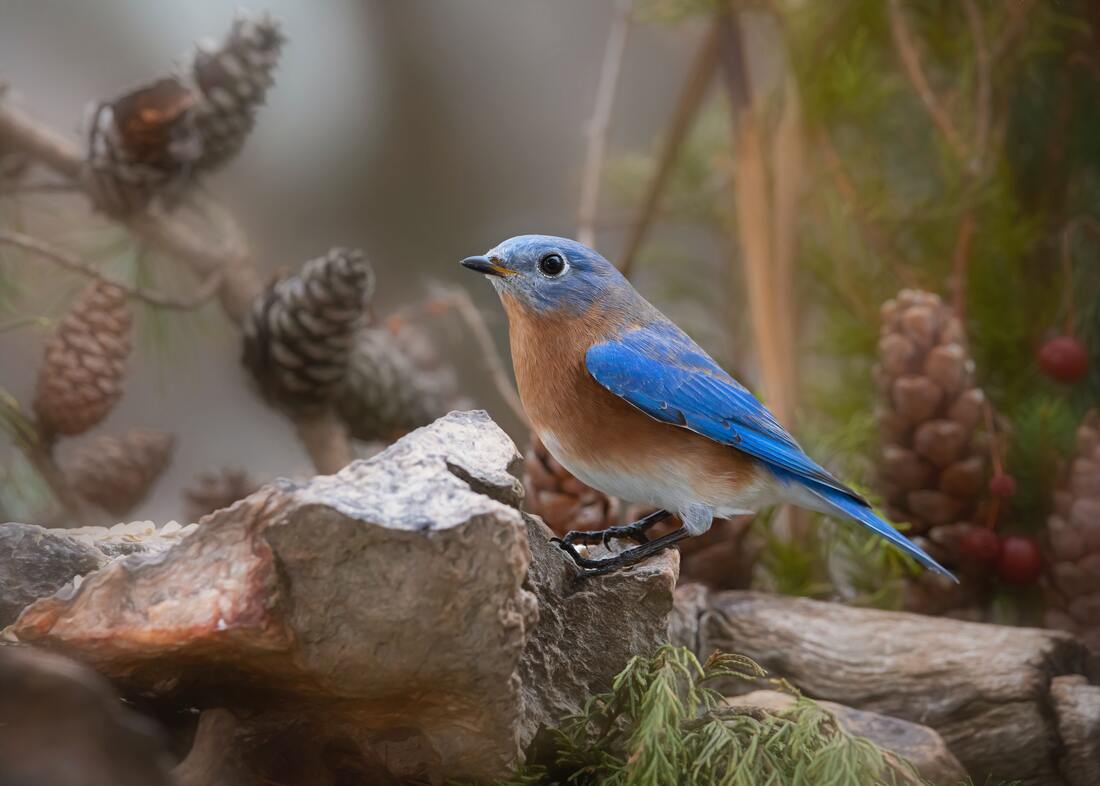Bluebird HabitatBluebirds are cavity nesters found only in North America that naturally use cavities created by other species - like old woodpecker holes. With European colonization of North America, much of their natural habitat was lost. In the 1860s two European species - the European Starling and House Sparrow - were introduced and they aggressively out competed for the same nesting cavities as bluebirds
Bluebirds were almost completely lost in North America until the 1960s when humans intervened and created new habitat by building nesting boxes across their native range Click the bluebird to the right to visit the North American Bluebird Society for nesting box plans and factsheets. Click the buttons below to open guides to build nest boxes and gardening for bluebirds. |
